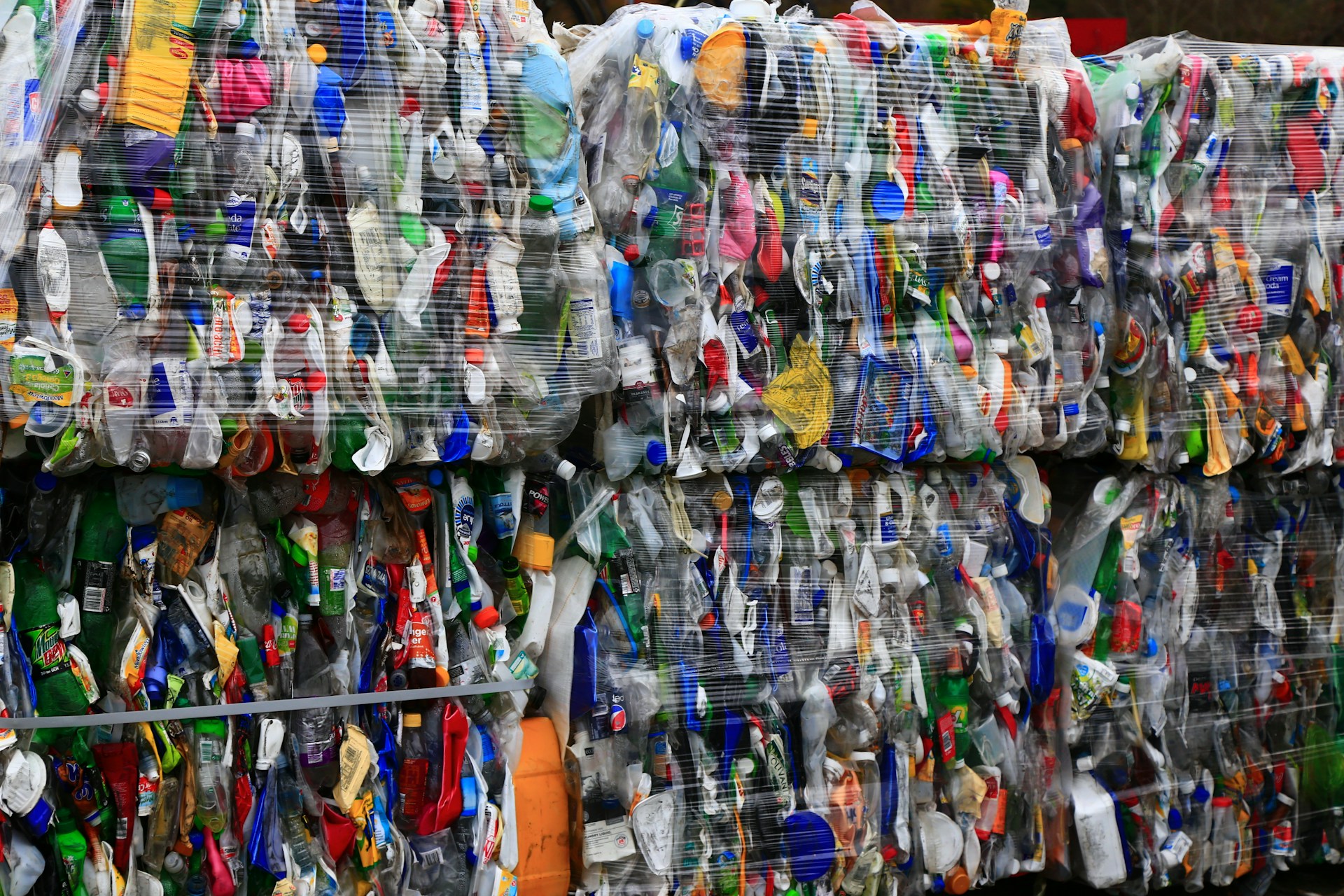
What Are Microplastics? Here’s What We Know
We are reader-supported. When you buy through links on our site, we may earn affiliate commission.
Microplastics are a hot topic lately. What should people know about them, and what have researchers learned so far?
What Are Microplastics?
Microplastics are tiny plastic particles — measuring less than 5 millimeters long — resulting from natural decomposition or intentional product formulations. For example, a discarded plastic water bottle would have associated tiny plastic particles as it breaks down. However, many personal care products, such as facial scrubs, have plastic pieces added to them to create texture.
Researchers are still learning about this subject, but so far, they believe the main ways microplastics end up in the human body are by inhalation or ingestion. Many microplastics also enter the ocean, affecting marine life.
Scientists categorize microplastics into two types: Primary and secondary. Primary microplastics are those made for industrial uses, including product formulations. The primary types also include small plastic pellets that get melted down and combined to create new products. Then, secondary microplastics break off of or originate from larger products, such as tires or building materials. Waves, sunlight, and other environmental factors can exacerbate the effects.
How Do People Contribute to Microplastic Pollution?
Unfortunately, humans’ everyday activities make microplastic pollution worse. The news is not all bad, though, because people can make relatively small changes to reduce their effects.
For example, tire wear is a significant microplastics source. In one example, researchers studied the effects of such microplastics on two marine species that feed on seawater and sediment. After three days of exposure to a high concentration of tire particles, one of the species had consumed more than 1,000 of them.
However, the researchers also connected the tire particle ingestion at lower concentrations to worsened health and feeding outcomes and noticed signs of oxidative stress in the animals. The team recommended that people check their tires regularly to ensure they’re properly inflated. Natural air loss gradually occurs, and driving on flatter tires makes microplastic production likelier. Additionally, drivers should avoid fast acceleration and sudden braking since both of those actions cause tire wear.
Washing clothes can also cause microfiber shedding. What are microplastics doing in the things we wear? Many synthetic fibers contain plastics that break down during repeated washes. However, small changes can make a positive difference in this case, too.
A 2023 comparative study examined hand and machine-washing methods for synthetic fiber samples. Both options released microfibers, but doing things manually significantly reduced the effects. More specifically, hand-washing a piece of 100% polyester fabric released 1,853 microplastic pieces, but the washing machine resulted in 23,723 pieces lost.
Additionally, presoaking, detergent and washboards resulted in more microfibers getting into the water during manual washing. However, the extent was still less than washing machines caused. People can consider washing synthetic fabrics by hand when appropriate. Another possibility is to gradually transition to fabrics such as wool and cotton, which do not contain microplastics.
What Are Microplastics Doing to the Body?
Scientists are eager to determine how microplastics affect the body. One 2023 study indicated microplastics can enter all bodily systems and change behavior. Although that research involved rodents, scientists felt concerned because the animals showed noticeable changes shortly after low-dose exposure to microplastics. The effects were especially prominent in older mice.
In another case, researchers examined what happened to 3D human skin models after exposure to microplastics treated with flame-retardant chemicals. Many such substances are banned due to evidence they cause adverse health effects. However, older carpets, building materials, and electronics still contain them.
Experiments indicated that skin could absorb up to 8% of the material after contact, and the effect was stronger for well-hydrated skin. These experiments were the first to show another way for microplastics to get into the body.
Another investigation found 12 types of microplastics in the testicular tissue of humans and dogs. One of the researchers discussed how his inspiration came from a colleague who discussed recent birth declines and wondered if something new had caused them.
Tests on the tissue samples showed the microplastic concentration was almost three times higher in humans than dogs. These findings led the researchers to conclude that the microplastics might cause endocrine disruption and lower sperm counts, but they need to do further research into those matters.
What Can People Do to Avoid Microplastics?
Since microplastics are everywhere, what can people do to avoid them? The first possibility is to consider using water filters that reduce these contaminants. California recently made headlines for being the first state to treat microplastics in water as a serious issue. Some commercially available filters are robust enough to significantly reduce microplastics. You can also purchase options with glass parts rather than plastic ones, reducing the chances of microplastic shedding inside the filter’s vessel.
Another option is to specifically buy plastic-free products. One European study of 7,704 cosmetic products found only 13% of the items did not contain microplastics. Fortunately, it’s becoming easier to find suitable alternatives. Ethique and Dr. Hauschka Skin Care are two brands that have committed to cut out microplastics from their packaging and products.
One microplastics researcher says she never microwaves food in plastic containers and prefers to store food in glass products when possible. However, she also clarified that she didn’t discard all her plasticware overnight. Instead, she’s phasing them out gradually.
That’s a practical tip that should remind you not to go overboard, either. You could easily become overly anxious by wondering what percentage of your possessions contain microplastics. It’s better to gradually start using other items once you already need to buy replacements.
Stay Aware of Developments
What are microplastics doing to the planet and all its inhabitants? That’s the all-important question researchers want to answer. However, it’ll take time to get meaningful, measurable results. Awareness can change behaviors, but you should try to do things differently within reason.
Check every month or every few weeks to learn about new findings, but don’t let yourself become overwhelmed by reading them. The microplastics problem is similar to climate change because no single person will solve it, and all efforts will take time, innovation, and collaboration. Consider making changes in your life to reduce your microplastic exposure and contributions, and take pride in every positive action.
Share on
Like what you read? Join other Environment.co readers!
Get the latest updates on our planet by subscribing to the Environment.co newsletter!
About the author

Steve Russell
Steve is the Managing Editor of Environment.co and regularly contributes articles related to wildlife, biodiversity, and recycling. His passions include wildlife photography and bird watching.





